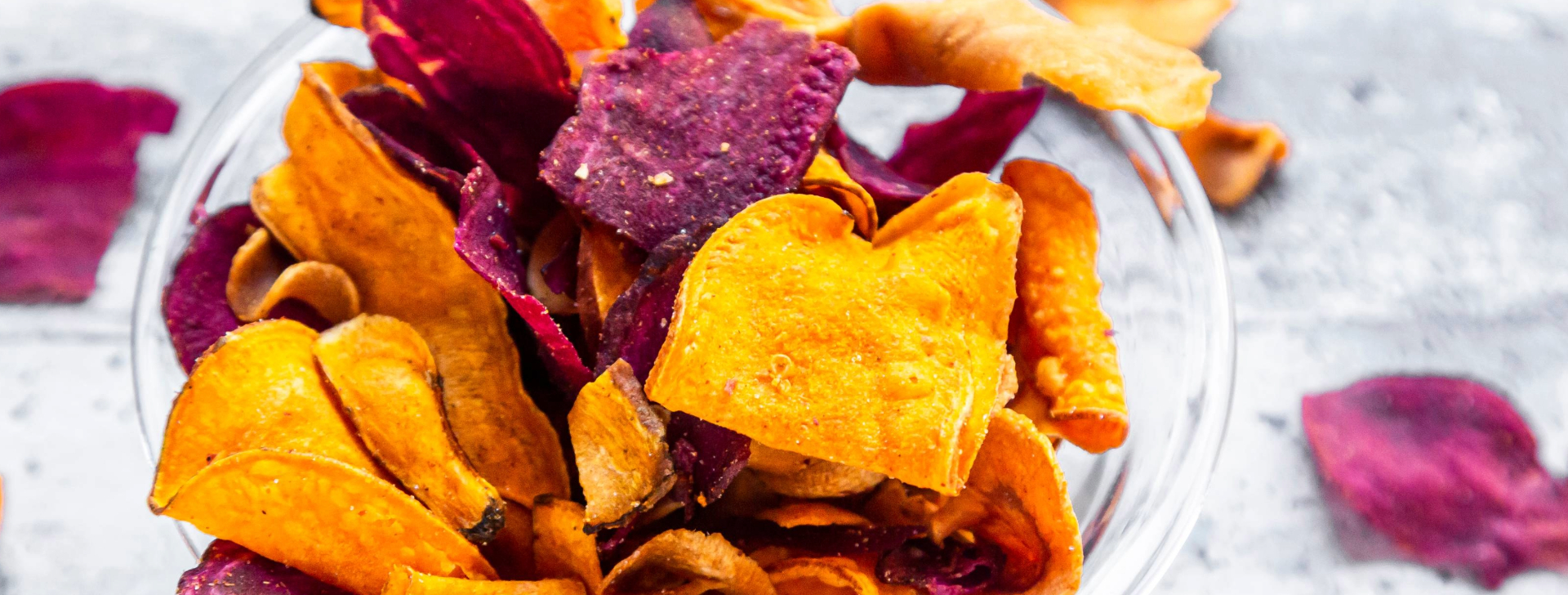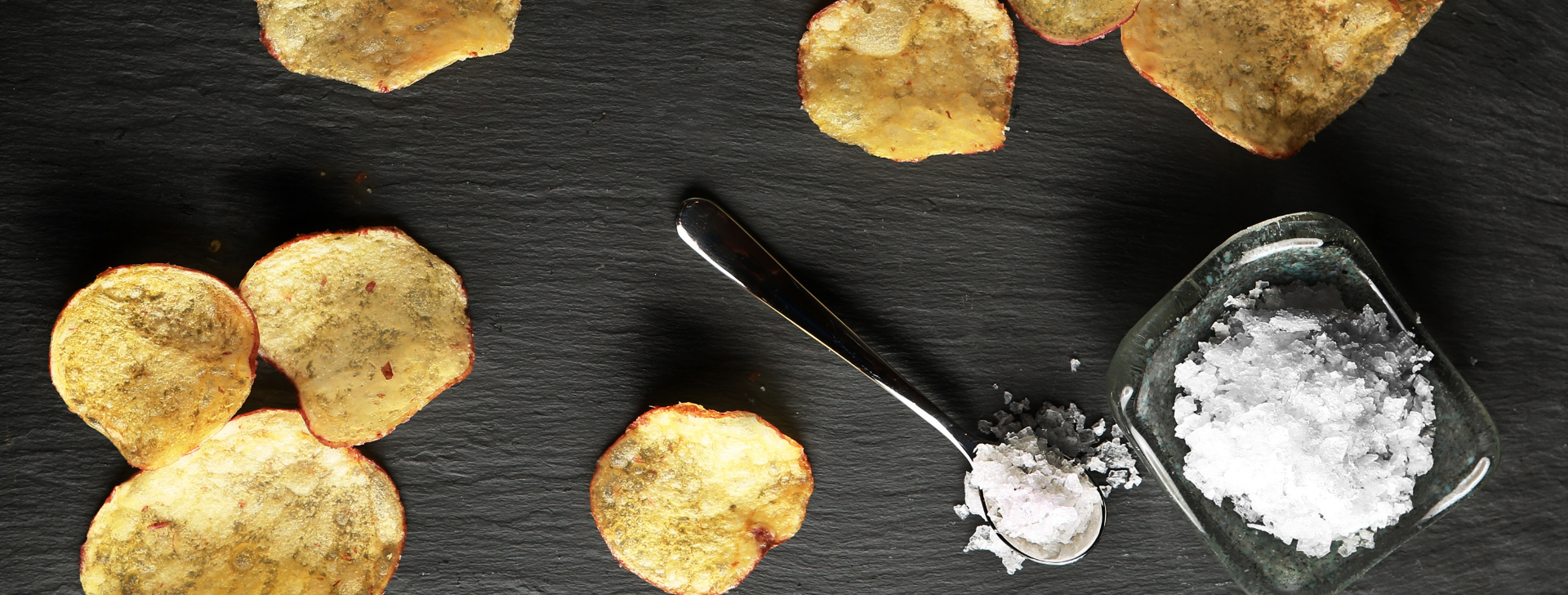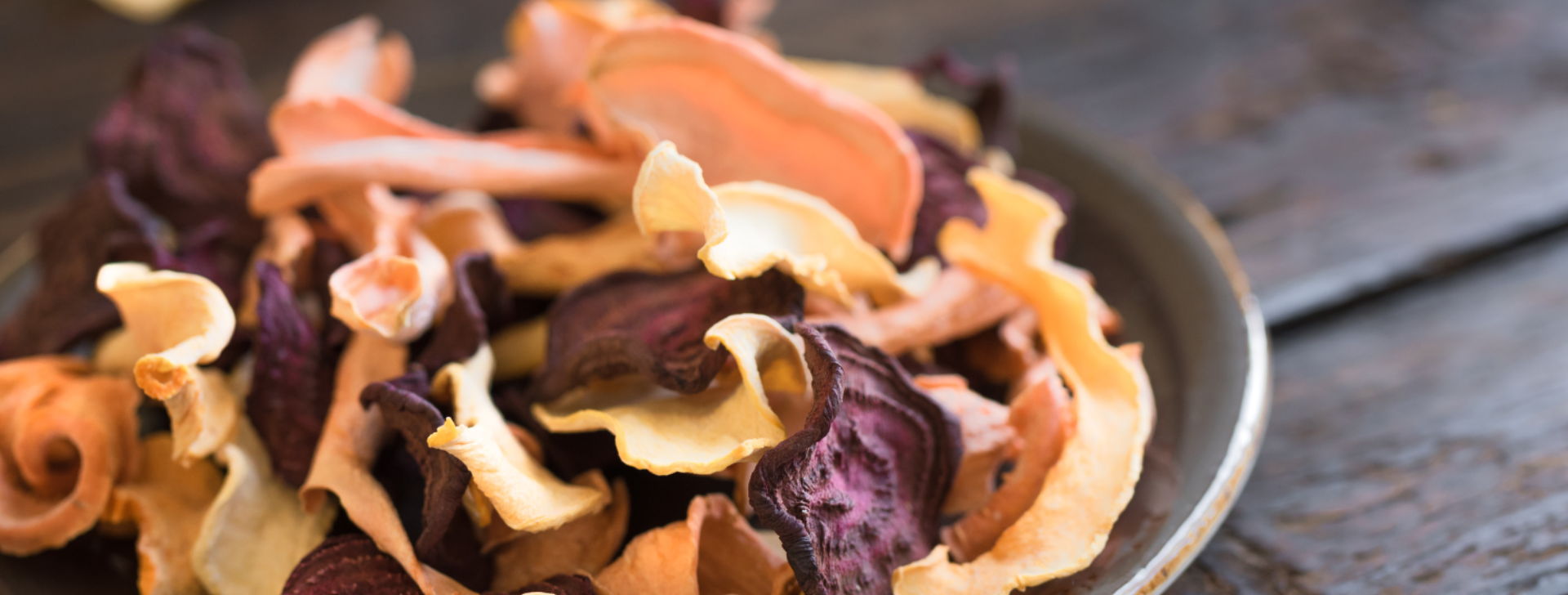How do you ensure the best mouthfeel and flavor-richness in a low-fat snack?

Healthier cooking processes such as baked or popped

Legume flours, such as chickpea or lentil, can be brittle and dry, bringing off-notes to the taste.

Gluten-free, known to exert a negative impact on mouthfeel
In the past years, the global share of snacks with vegan and plant-based claims has increased significantly. Whilst this movement initially targeted at dairy and meats, plant-based innovation has become of interest across different food applications. Consumers also have become more demanding in terms of taste and nutritional profile of plant-based alternatives. Also they are increasingly seeking out alternative protein sources for health, environmental or ethical reasons. At the same time, taste and mouthfeel remain crucial factors for a winning healthy snack that satisfies consumers best.
Symrise has developed a wide range of taste solutions and proprietary technologies aimed at masking off notes, improving mouthfeel and succulence of the base and maximizing flavor performance in alternative base snacks.
Factors negatively affecting succulance
Partnering with Symrise offers holistic solutions to improve succulence and recreate authentic rich textures in fat-reduced, healthier snack variants. A modular approach, designed with pro-found understanding of taste functionalities, intensity, richness, and taste sensations empowers manufacturers to deliver on consumers demands.



